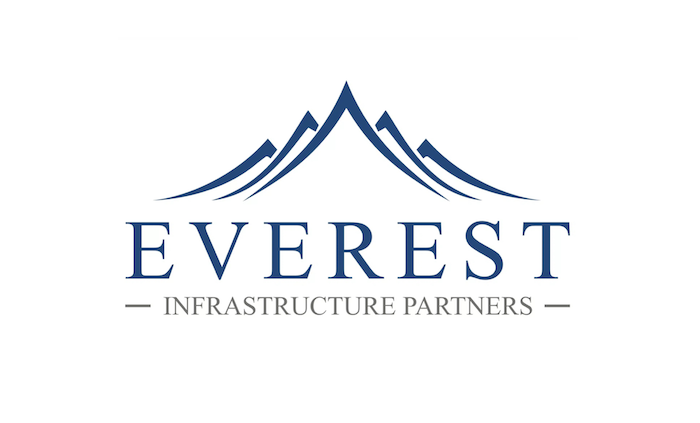
- What is Everest’s growth strategy, and how do acquisitions support it?
Our growth is predominantly through selective acquisitions. Ninety-plus percent of our capital allocation, or around $100 million, is invested each year in that strategy. We make 2,000 to 3,000 proposals a year across the U.S., Portugal, Australia and New Zealand. Of those, we might do 200-300 acquisitions in a year. In 2018 we purchased Varsity Wireless, founded by Chris Davis in Boston. They were a pure development platform – high value, difficult-to-zone, difficult-to-build towers in the Northeast. That was attractive because our acquisition strategy has always been focused on quality of assets. And that was our first step into development. Our development effort is probably sub 10 percent of our capital allocation because it’s cheaper than a lot of the acquisitions out there and because the whole platform is built on that. Chris’ team is on pace this year to develop between 25 and 50 towers.
- How is the tower business performing today compared to prior cycles? And what’s your outlook for the next several years?
We think this will be a much better year than last year from a leasing standpoint. We’re starting to see that through our pipeline and the colocation applications that came through in the second half of 2024 and into this year. While we’re excited about this year from a growth standpoint, we don’t think it’s going to be like two to four years ago with the rollout of 5G, T-Mobile’s acquisition of Sprint, rationalizing that network and upgrading those sites, and the DISH buildout. Those were really big growth drivers. Last year was slower, still a very solid year for us, but not like the year before. We think we will rebound this year and that trend will continue with these different cycles. The big thing is the growing demand for data, which will continue to drive value and growth in our sector.
- What should we be on the lookout for?
We’re at an interesting point in the private tower market. The public tower companies are not very acquisitive right now. And Vertical Bridge is going to absorb a massive acquisition over the next couple of years. Within the top 10 private tower companies, outside of Vertical Bridge, there’s a lot of portfolios of scale. If some capital sponsor wants to get behind a strategy to roll together a lot of these larger private companies, you could see another really material player in the next two to three years.
Something to watch is how these acquisitions unfold. I think there’s a very large portfolio, 2,000-plus towers, that will come in the market soon that could be one of those first dominoes. And if a Vertical Bridge and the three publics aren’t playing for that, somebody could quickly gain scale and continue to snowball from there. We think it’s an interesting next three to five years in the acquisition market in the private tower space. There’s an abundance of private capital interested in digital infrastructure, specifically cell towers. And if the right platform and the right capital sponsor get together, we could see some really interesting developments in the private market.
By Inside Towers Contributing Analyst Paul Heine

This interview has been edited for clarity and brevity.





Reader Interactions